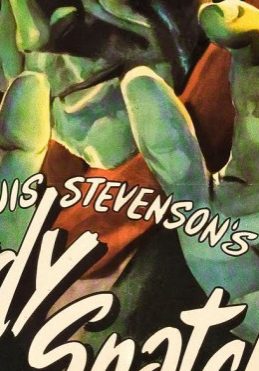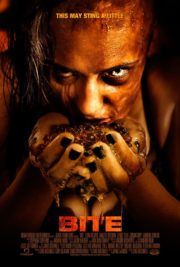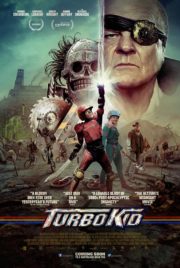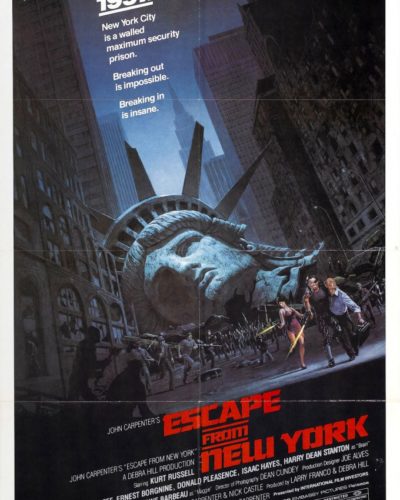The Whisper of Darkness: A Revisit to “The Body Snatcher”
“There are graves I have yet to fill. The good doctor’s work is not yet done…” These chilling words perfectly encapsulate the lurking dread that “The Body Snatcher,” directed by Robert Wise, brings to the silver screen. Released in 1945, this unsettling tale was adapted from Robert Louis Stevenson’s short story and built upon the macabre history of grave robbing. The story primarily follows Dr. MacFarlane and his tense relationship with John Gray, a cabman who supplies him with cadavers for his medical school, but Gray’s methods grow increasingly sinister over time.
Morbid Atmosphere & Tense Storytelling
The atmosphere in “The Body Snatcher” is constructed through a dense fog of anxiety and moral ambiguity rather than the traditional methods of suspense. Wise takes his audience on a slow and steady slide into darkness, crafting an environment where the horror comes more from the eerie anticipation of wrongdoing than from any overt shock. This approach lends a hand in tantalizing viewers with the specter of dread rather than assaulting them with it. While modern audiences may find it subdued, it sets a masterclass in atmosphere creation.
Visual Hauntings: Cinematography and Sound
The film’s cinematography underlines this ambiance with its skillful use of shadow and light, often plunging characters into darkness both literally and figuratively. Interestingly, while the film lacks color, its monochromatic palette amplifies the grim reality of the Edinburgh streets and the gloom of the gravesites. Camera angles are employed to disorient and create a sense of claustrophobia, trapping viewers in rooms of moral decay alongside the characters.
Soundtrack and sound effects are pivotal in a genre that thrives on fear. In “The Body Snatcher,” the lack of a constant score heightens the film’s eeriness, with silence punctuated by sharp auditory cues that rattle the nerves. The clip-clop of horse hooves or the simple cry of a night bird become harbingers of a terror that’s all too human. And in those silent moments, the imagination of the audience climbs to peaks of frightful anticipation.
The Horrors of Humanity: Acting and Terror
This film’s beating heart is its performances, particularly that of Boris Karloff as John Gray. His portrayal is a masterful blend of charm and menace, making him an unforgettable presence. Bela Lugosi, in a small but critical role, exudes a quiet desperation that is pitiable and tense. These actors’ renditions ground “The Body Snatcher” firmly as a horror rooted in character, showcasing the talents of its cast and the depth of their portrayal of fear and moral conflict.
The body horror trope is less about graphic visuals and more about the psychological implications of desecration after death. The film treads lightly on gore, favoring the grim implications of the body snatching business and the resulting psychological torment over explicit imagery. Despite, or possibly because of, its restraint, the movie manages to evoke a deep-seated sense of horror that lingers well after it’s over.
Reflecting Dark Mirrors: Themes and Impact
As with the best of horror, “The Body Snatcher” uses its grim tale to delve into themes of guilt, complicity, and the corruptible nature of mankind. Its historical context also allows for subtle commentary on the sacrifices made in the name of scientific progress, posing questions that remain relevant. The film’s lasting impact lies in its exploration of these deep-seated fears and social critiques, making it a thought-provoking piece even in modern times.
Is it genuinely frightening? To a contemporary audience, perhaps not in the conventional sense. However, it remains a compelling and unsettling experience, draped in a kind of intellectual terror that worms its way under the skin and festers. Its lack of reliance on jump scares or visceral horror makes it accessible to a broad audience, from seasoned horror enthusiasts to those with a penchant for classic cinema and storytelling.
When compared to other works of its time, “The Lights Out Frights”, “The Body Snatcher” holds its own as a remarkable feat that informed many nuances later seen in the genre.
Conclusion: The Resonance of Terror
“The Body Snatcher” stands out as a work of horror that is more interested in gnawing at the conscience than eliciting screams. Its strengths lie in its ability to create a deeply unsettling atmosphere, powered by exceptional performances and a strong thematic core. However, those seeking modern horror’s gut-wrenching visuals or frenetic pacing may find it wanting.
With considerations towards its dated, yet disturbing content, this cinematic piece comes with a mild content warning. Viewers intrigued by the psychological and historical elements of horror and those with an appreciation for vintage filmmaking will find “The Body Snatcher” a gratifying experience, worthy of its place in the annals of classic horror.




